ABCs of the Recent Latin American Protests

To help you understand the current situation in Latin America, we offer you an A to Z explanation of what’s happening in the region.
By Juan Carlos Gomez (EFE – Confidencial)
HAVANA TIMES – The wave of protests that’s shaken Latin America in the last months is full of regional peculiarities, diverse interests and accents. In order to understand what’s happening, there’s nothing like the alphabet to explain the Latin American protests from A to Z.
A: AMERICA – America with its Latin Accent has, due to its protests, made the news around the globe. What they call the Latin American Spring is also their rightful claim to a place in the world.
B: SAFE DEPOSIT BOX B – The box where the money from corruption is stashed. Part of the turmoil of the last months has its origin in the fact that societies are fed up with this scourge.
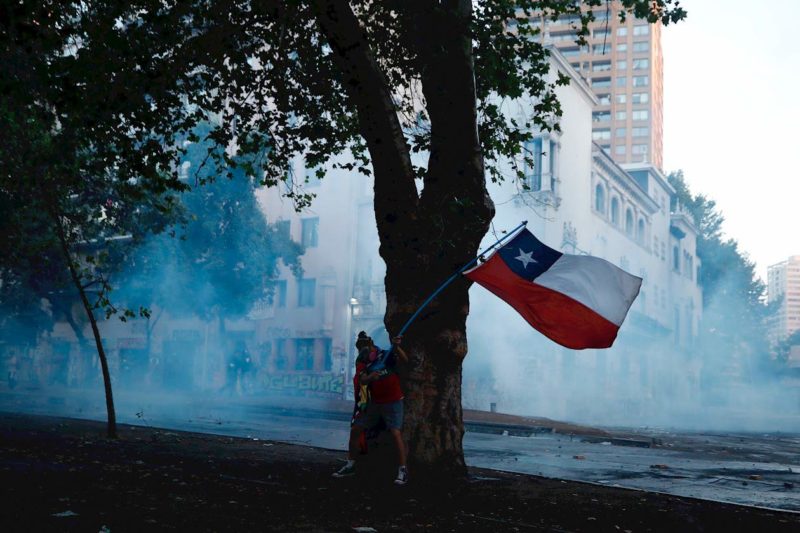
C : CHILE – The Latin American oasis has now undergone two months of protests, triggered by a raise in the price of public transport in the capital, Santiago. The repression exercised by the government has accelerated the discontent. A political accord to write a new Constitution and bury Pinochet’s legacy hasn’t yet detained the violence.
D: DESIGUALDAD [Inequality] – This has become the key word for the entire crisis. Countries such as Chile, Ecuador, Honduras, Haiti, Colombia and Argentina have grown tired of an economic model that accentuates social unbalance instead of other values.
E: EJERCITO [Army] – The governments of the region have once again called upon the military to put their house in order. In Bolivia this was a determining factor in forcing the ouster of Evo Morales after denunciations of electoral fraud. Boots are back in fashion.
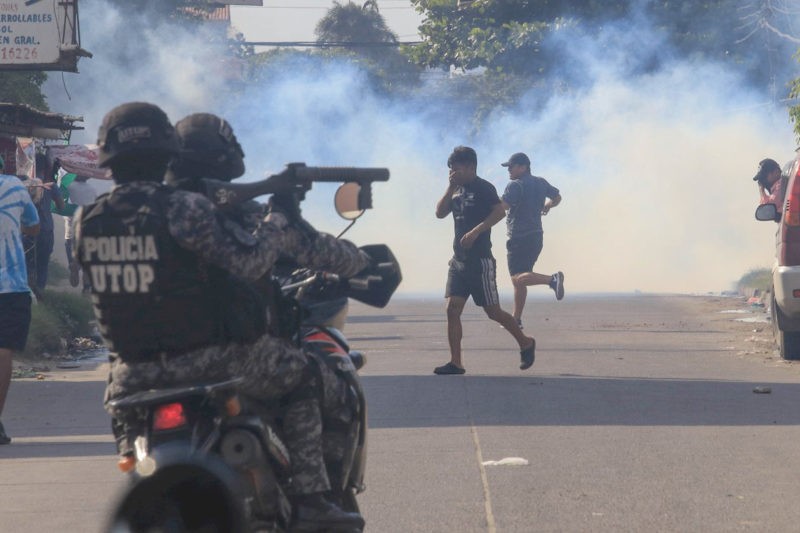
F: FORUM of Sao Paolo – According to right-wing politicians and analysts, this forum of leftist Latin American parties and groups has become the force responsible for the protests. However, no one has found any proof of the reality of these accusations.
G: GOLPE DE ESTADO [Coup d’etat] – The resignation of Evo Morales has been classified as a “coup d’etat” by a number of Latin American politicians. Other countries have recognized the interim president, while the international community has urged dialogue. The phrase “coup d’etat” which had been consigned to the history books, has returned to the conversation. In Nicaragua, Daniel Ortega’s dictatorship insists that the civic rebellion was an “intent to stage a coup”.
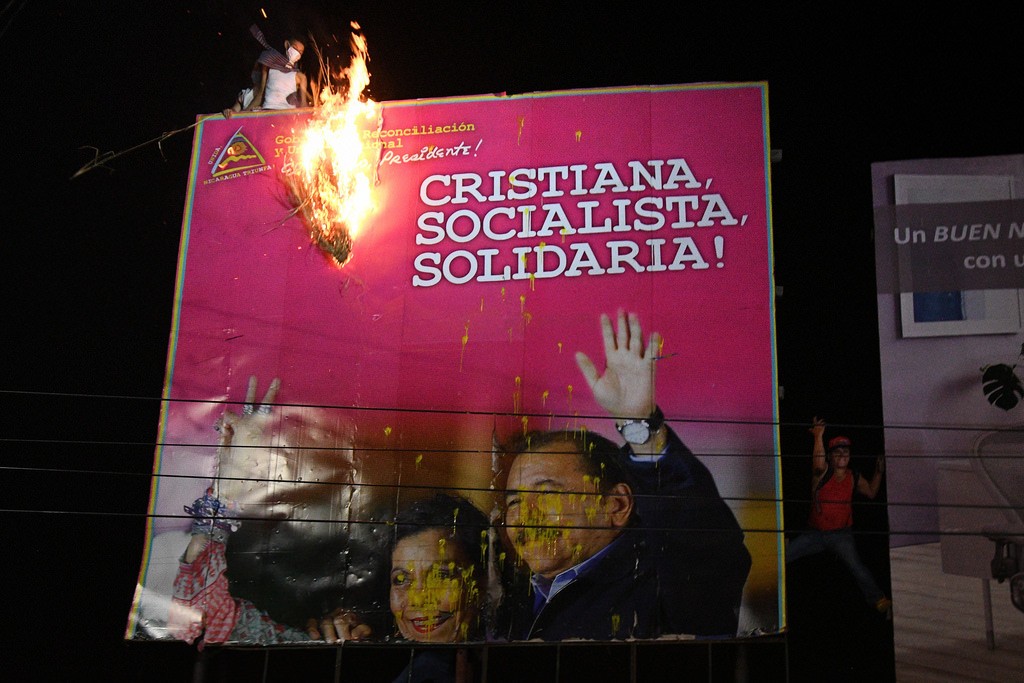
H: HAITI – Since September there’ve been repeated mobilizations against President Jovenel Moise, a leader who’s been cornered, but who clings to power, while the Caribbean country continues to live amid paralysis, poverty and violence.
I: INDIGENOUS PEOPLES – The indigenous peoples have been key to the protests. In Ecuador, they were a determining factor in stopping President Lenin Moreno’s “big package” of unpopular reforms; the demands of the Mapuche have served as an example in Chile, and in Bolivia the Wiphala seem to have dug a battle trench in response to the change.
J: JUVENTUD [youth] – Another group which is capitalizing on the uprisings. This large demographic isn’t weighing in on the side of stable development. The youth, who have grown up with the bonanza in raw materials exports, see a dark future. They’ve taken to the streets in search of a rainbow, one now covered by the smoke from the tear gas bombs.

K: KIRCHNER – Cristina Fernandez, former president Nestor Kirchner’s widow and president herself from 2007 – 2015, won the elections as Peronist Alberto Fernandez’ running mate. Beginning December 10, she’ll hold the country’s vice presidency. The savage devaluation of the Argentine peso and the southern winter of discontent brought back to Argentina the breezes from the red tide.
L: LIMA – Another of the shaken capital cities was Lima. In September, it was nearly at the point of exploding when the Congress confronted President Martin Vizcarra and he responded by decreeing the dissolution of Parliament. Peruvians came out on the streets against corruption, and on January 26 they’ll be voting in special elections.
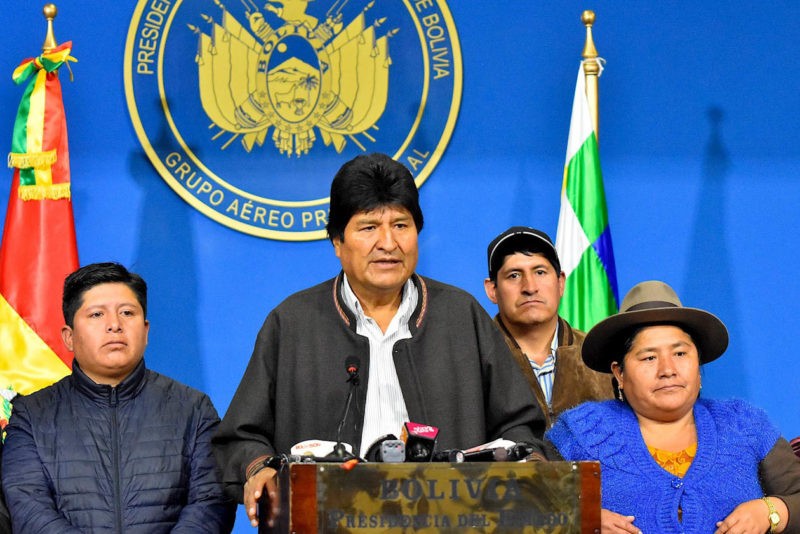
M: MORALES – In a matter of days, Evo Morales went from being the one responsible for the Bolivian economic miracle to being in exile in Mexico City. Following his questionable victory (supposedly involving fraud) in the October 20th presidential elections, the Big Boss – according to the title of his most popular biography – fled the country with help from the Mexican Air Force. Despite his absence from La Paz, the former leader of the Coca leaf farmers continues casting his shadow over the Andean country.
N; NICARAGUA – Since last year, protests have been ongoing against President Daniel Ortega. Proposals overturned, metal trees toppled, and all the mumbo-jumbo of Rosario Murillo, the leader’s wife and number two in the regime, hasn’t been able to cover up a permanent and beleaguered response from the civilian population, opposing the Managua government.
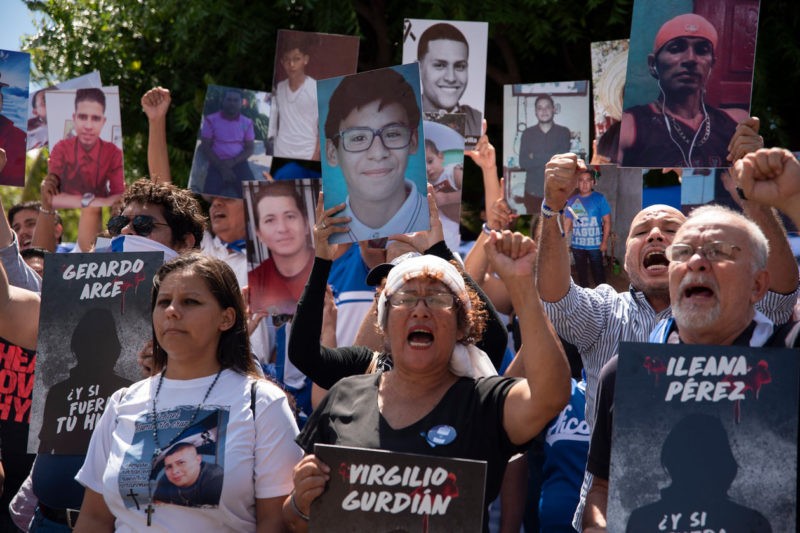
Ñ*: PIÑERA – Chilean President Sebastian Piñera lost his chance to go down in history as the ruler who successfully battled to save the life of the 33 miners trapped in the San Jose mine in 2010. His handling of the Chilean crisis in the last two months have left him in an uncomfortable, and according to analysts not easily sustainable, position.
O: OJOS [eyes] – The Chilean protests have cost demonstrators an eye. We’re not referring to the devalued local money, we’re speaking of those demonstrating. The hardened rubber bullets used by the security forces have left over 300 people partially blind. The same thing occurred in Nicaragua and in other countries of the region. The brutality has been constant.
P: PUERTO RICO – It seems far off now, but in July of this year a popular protest led by musicians Ricky Martin, Bad Bunny and Resident brought about the fall of governor Ricardo Rossello in the wake of a political scandal.
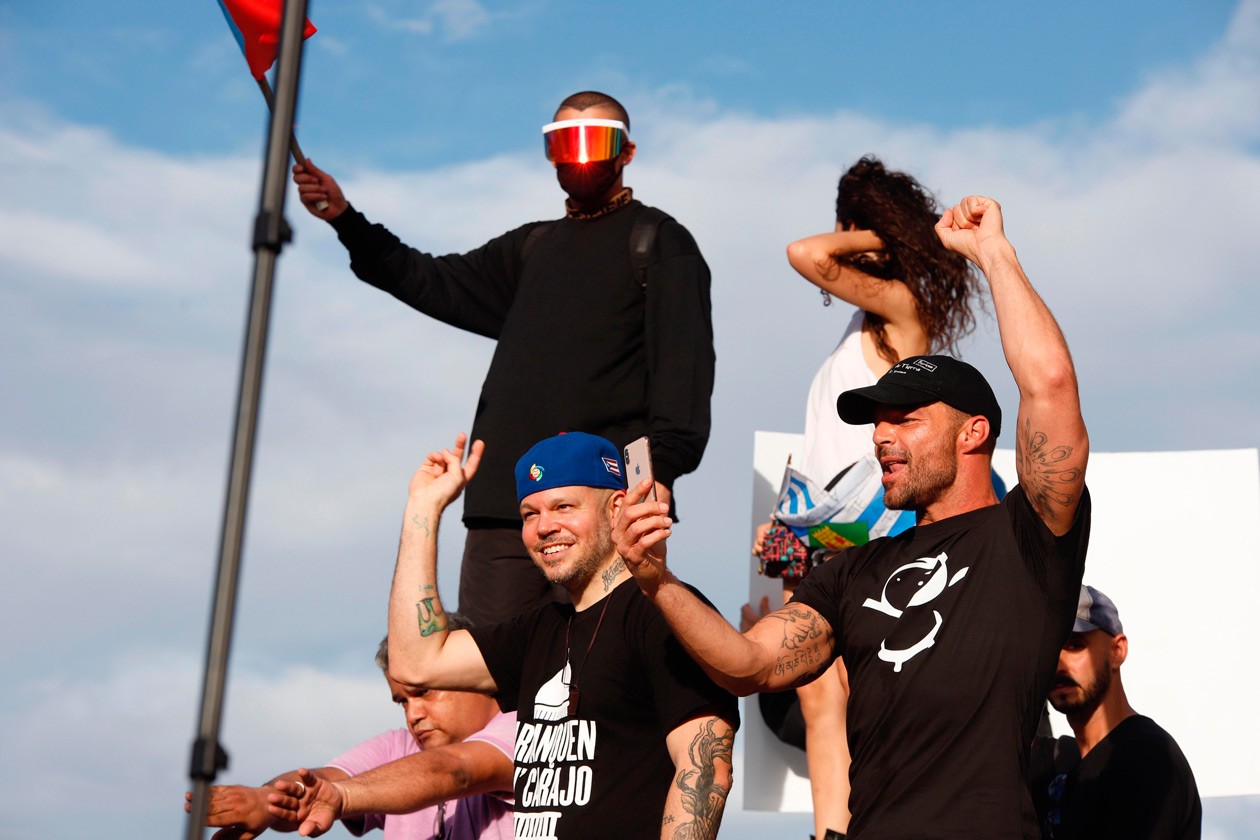
Q: QUITO – The capital of Ecuador was at the epicenter of the October upheaval, when protestors took to the streets to stop a package of economic measures that had been agreed upon with the International Monetary Fund. The beautiful historic center became a battleground that forced the government to retreat and opened the door to a regional epidemic of protest against such reforms.
R: RECESSION – The unifying element in the protests all over the continent.
S: SOUND – of pots being banged. On November 21, the pots again sounded in Latin America. The banging of this kitchen utensil had been common in the Southern Cone and in Venezuela years before. The novelty here is the newest location: Colombia. Never before had this sound of discontent been heard in the country of the Cumbia.
T: TRUMP – His rejection of immigration, his economic protectionism and his indifference towards Latin America have shaken up the continent. His political climate, or the absence of one, has brought the United States citizens back to the streets. In 2020, he’s up for reelection.
U: URIBE’s fallout – The polarization in Colombia has distant roots. The triumph of the Democratic Center party of former president Alvaro Uribe in the 2018 presidential elections followed a close electoral race, with the peace accords as the background. The results left a marked division in the country. The last few days of strikes, disturbances and vandalism are symptoms of a social wound that is still festering and hasn’t yet closed.
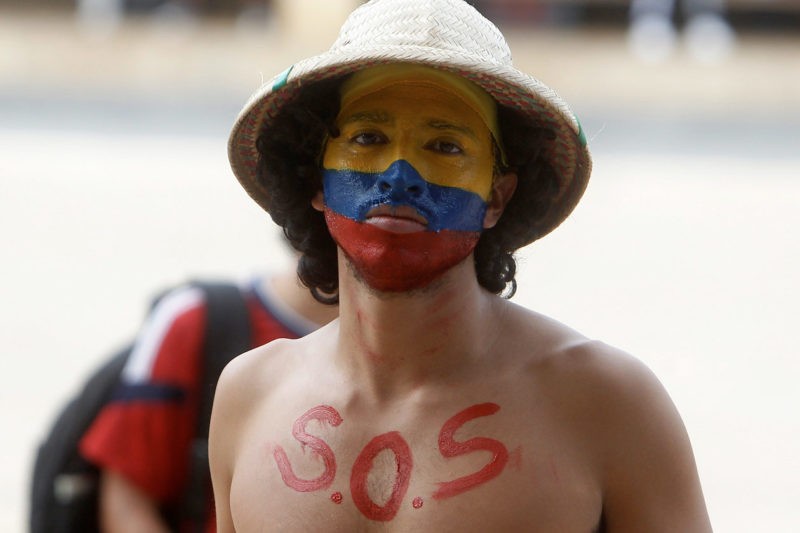
V: VENEZUELA – Motivated by the atmosphere across the region, self-declared interim president Juan Guaido called for a series of marches in November to oppose the regime. The response wasn’t as overwhelming as had been hoped and it seems that Caracas remains in check until next year.
W; WHATSAPP – This popular app was the star of curfew night in Bogota on Friday the 22nd of November. The residents of that city didn’t sleep, because they were glued to the alarming messages that were being received via WhatsApp, of supposed acts of vandalism in private homes. The app has also been significant for the organization of protests in the entire continent.
X: XENOPHOBIA – Since 2016, more than 4.6 million Venezuelans have left home, largely for other Latin American countries, with the goal of seeking a better life. Coinciding with the uprisings, outbreaks of xenophobia have begun to be felt in the countries that took them in. Nicaraguans have also responded to the Ortega regime’s repression with massive migration.
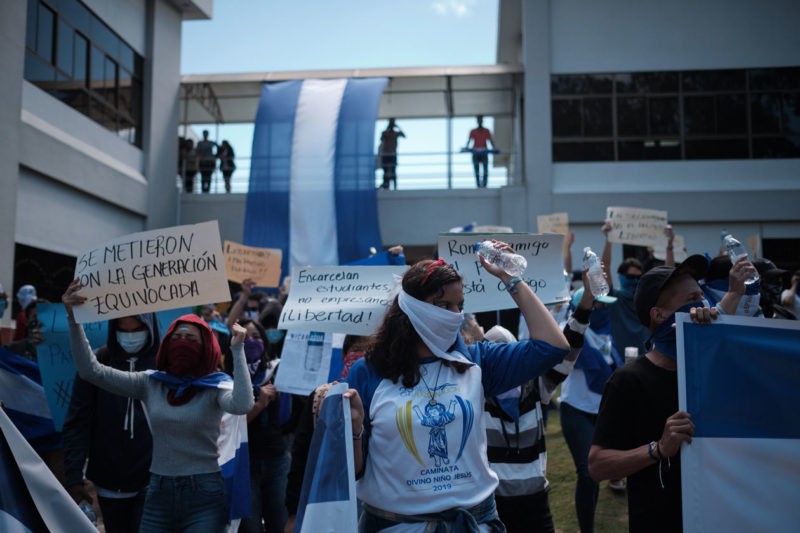
Y: Y EL SIGUIENTE? [And the next one?] If the badly named “Latin American spring” has shown one thing, it’s that there’s a certain “contagious effect”. The social media networks, the mix and the search for a common future are the sparks that could light the flames of discontent anywhere on the Latin American continent.
Z: ZAPATERO – The former president of the Spanish government, Jose Luis Rodriguez Zapatero has been proposed on a number of occasions to negotiate the conflicts in Latin America. The last call came from Evo Morales. The response that time was a “no”.
*Note: The traditional Spanish alphabet contains the letter ñ (en-yay), which is pronounced “nya”

If as you claim, Latin America is North America’s backyard, it is logical to assume that Canada is its front garden. – smell the roses!
Is Latin America still North America backyard ? And the population keeps growing and the money is transferred to The North, is it not?